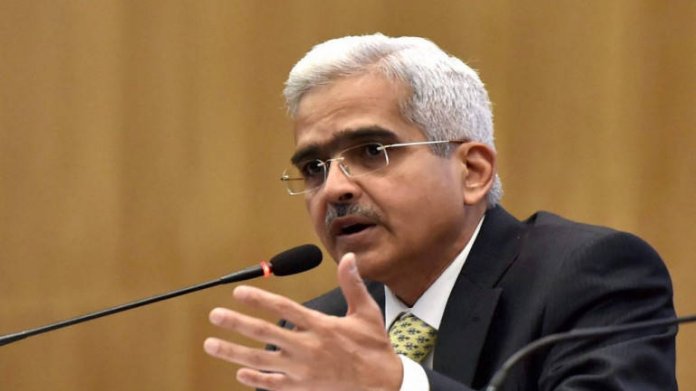
One day after the Finance Minister’s Rs 1.7 lakh crore Covid package, the RBI Governor Saktikanta Das came out with a relief package for the banking system, the economy and to the loan takers.
The most popular part of the RBI’s response is a three-month moratorium on term EMIs that mainly include housing loans and other mortgage loans etc.
In addition to this, the Governor also unveiled a group of liquidity support measures including a Targeted Long-Term Repo Operations that aims to inject RDs 100000 crore into the banking system.
Repo rate that was kept intact during the last review has been cut by a massive 75 basis points to 4.4%.
On the liquidity front, the CRR cut of 1% will give banks with an additional liquidity of Rs 1.37 lakh crores.
Read: RBI’s Covid Response
RBI’s views on Covid 19’s economic impact
In addition to the comprehensive Covid package, the central bank has also made a detail assessment about the potential impact of the Covid pandemic on the economic front.
According to the central bank, the macroeconomic risks, both on the demand and supply sides, brought on by the pandemic could be severe.
On the global economy
The central bank view that the global economic activity has come to a near standstill as COVID-19 related lockdowns and social distancing. Expectations about shallow recovery in 2020 from 2019’s decade low in global growth is dashed after the pandemic.
There is high probability that large parts of the global economy will slip into recession.
Effect of Covid on India
One notable assessment made by the RBI governor is the positive note on the agricultural sector. So far, India was able to afford a 21-day lock down only because of the healthy buffer stocks. This is also reiterated by the RBI in an indirect manner.
The central bank notes that agriculture will be the lone sector that is not going to witness big damage from Covid catastrophe.
“Apart from the continuing resilience of agriculture and allied activities, all other will be adversely impacted, depending upon its intensity, spread and duration of the pandemic.”
At the same time, on the positive side, slump in international crude prices could, provide some relief in the form of terms of trade gains.
Growth impulse is expected to come from monetary, fiscal and other policy measures and an early end to the Covid contagion.
Inflation may come down due to stable food supply, low crude price and weak aggregate demand. Food prices may come down because of the good production and stock.
Crude price fall will work towards easing both fuel and core inflation pressures. Still it depends on the level of the pass-through to retail prices (only if fuel prices are reduced).
Aggregate demand may weaken and ease core inflation further.
High volatility in the financial market will have implications on inflation. Because of this, the MPC is not given any exact inflation numbers.
*********











